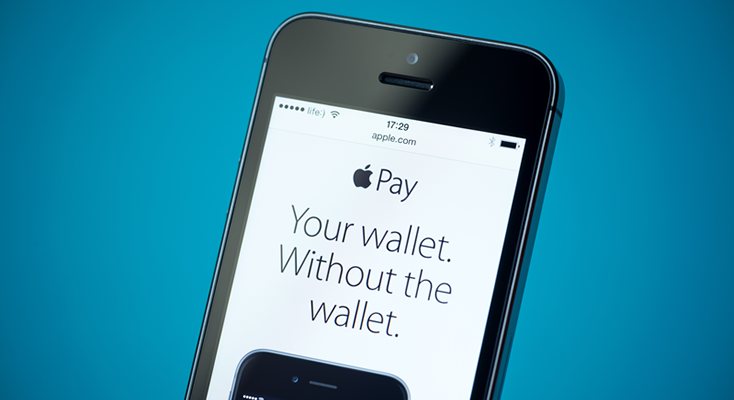At the International Consumer Electronics Show (CES) 2018 in Las Vegas, UnitedHealthcare demonstrated some of their latest digital health innovations, each designed to help simplify the consumer health care experience of Employer-Sponsored (Group) insurance plans. Three of the core innovations, soon to re-define the way millions of their enrollees select, enroll and use their healthcare, include:
Personalized On-Boarding Platform:
Employees are being presented with more and more different health plan options from their company and even though they may all be from the same carrier, they are each extremely different in benefits design, making it difficult to determine which is most suitable to one’s unique individual or family needs and budget constraints. United’s digital on-boarding platform helps make the decision more straight forward through a step-by-step process that helps guide employees to the plan that’s most right for them. This process is primarily driven by a survey that enables employees to enter aspects of their personal and financial health, then view and select the relevant clinical, wellness or financial programs available offered through each plan, including behavioral health, weight loss, pregnancy support, spending account, and other programs that are key drivers of plan selection.
Apple Pay® Options for HSA:
UnitedHealthcare Individual and Employer-Sponsored plan participants with Optum Bank health savings accounts and an Apple device are now able to pay for HSA-eligible medical and prescription expenses with Apple Pay, one of the easiest and most secure ways to pay today for Apple device owners. All the member needs to do to activate Apple Pay is to add the Optum Bank debit card information to their Wallet app. To pay at pharmacies that support Apple Pay, all the consumer needs to do is press the Apple Pay symbol on the card reader, press their finger to the Touch ID button on their phone, and hold the phone near the card reader screen. That’s it – no swiping – no entry of card data – and less time at the register as a result. In having Apple Pay right in your phone- everywhere you go, members are always prepared to cover unexpected medical expenses. This is of huge convenience in those long post-work pharmacy lines many of us are familiar with. Apple Pay is also the easiest way to pay on the web when purchasing prescriptions online for home delivery or paying for medical expenses. So long as you’re using an iPhone, iPad or Mac device, you can pay with the Touch ID – never having to create an account or fill out lengthy forms of bank information. This is not only a more convenient option, but also more secure as your card number is never stored on your device or on Apple servers, and you’re never exchanging card information with merchants.
Customized Claim Videos:
One of the most challenging aspects of managing one’s healthcare benefits can be interpreting Evidence of Benefits – a document you are sent following the occurrence of a medical expenses that explains how much insurance covered and how much you owe, but typically in a highly convoluted way with a variety of complex codes you must refer to. While other payers have tried to ease EOB understanding by creating interactive PDFs with help tabs and virtual concierges, UnitedHealthcare took it ten steps further by developing personalized videos to explain each and every member’s EOB. The brief videos provide a step-by-step breakdown of exactly how each claim was processed and how much is owed. Plan participants will be able to access customized videos in early 2018 via desktop computers and mobile devices.
Other digital innovations that were demonstrated at CES 2018 include UnitedHealthcare Motion®, the UnitedHealthcare Healthy Pregnancy™ mobile app, Virtual Visits, and the health and well-being solution – Rally®. Earlier in the week, UnitedHealthcare also announced a collaboration with DexCom, Inc. to launch an individualized glucose management program driven by wearable technology and personalized support to help people with Type 2 diabetes manage their condition in real-time. That initiative is part of a broader effort called Navigate4Me, in which health navigators help MA members manage chronic diseases by leveraging various data sources. Each of these strategic partnerships and supporting digital technology innovations are orientated around making it easier for people to select, use and understand their health benefits during enrollment and following medical care through highly personalized and connected, cross-device content.
“Consumers are asking for and expecting customized, connected digital health resources that help make access to care easier and more convenient,” said Richard Migliori, M.D., chief medical officer of UnitedHealth Group. “UnitedHealthcare invests more than $3 billion annually in data, technology and innovation to help design a health system that is more personalized, intuitive and efficient.”


Comments are off this post